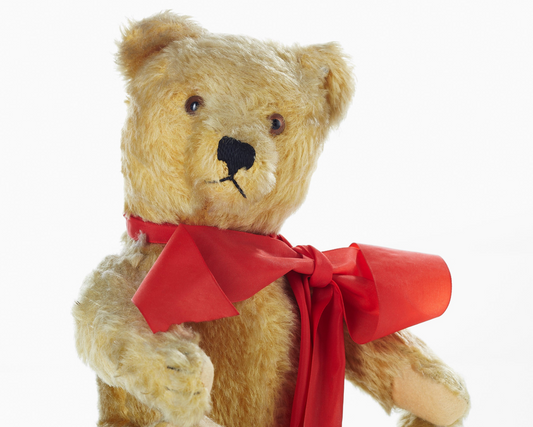Snugglebug
Wayne the Whooping Crane
Wayne the Whooping Crane
Includes a donation to whooping crane conservation
Out of stock
Couldn't load pickup availability
Free Shipping over $75 | Easy Returns
Share



Snugglebug's Promise
-

Quality
Snugglebug offers a 100% Satisfaction Guarantee - we know you, your children and the conservation lovers in your life will love your Snugglebug!
-

Testing
See Children's Product Certificate- Recommended age: 18 months+
- Designed for everyday play and cuddles
- Tested to meet ASTM & CPSC safety standards
-

Ethics
Snugglebug provides a portion of every sale to its conservation beneficiaries, directly working to improve conservation and protection efforts of impacted species in the wild. Packaging for Snugglebug products is recycled and can be recycled again.
Meet Wayne
Wayne is a graceful wetland traveler who loves wide skies, quiet waters, and long journeys. Whooping cranes are known for their incredible migrations - traveling thousands of miles each year - but their wetlands need protection for them to survive.
Wayne was created to help kids learn about patience, resilience, and caring for the places animals call home.
A portion of every Wayne purchase is donated to organizations working to protect whooping cranes and the wetlands they depend on. It’s a small act that supports real conservation work across North America.
We believe kids learn responsibility by caring for living things both near and far.
Details About Wayne
-
Toy Info
- Toy size : 30cm (11.8in) tall
- Product weight : 8 oz
- Suggested age : 18 months +
-
Why Families Love Wayne
- Soft, high-quality plush made for everyday cuddles
- Introduces kids to a real endangered bird through story
- Helps support whooping crane protection in the wild
-
What Comes with Wayne
- Wayne the Whooping Crane plush
- A simple, kid-friendly character card

The Whooping Crane Needs Protection
- Whooping cranes are one of the rarest bird species in North America
- Wetland loss makes migration and nesting more difficult
- Conservation efforts help protect critical habitats along their routes
We tell Wayne’s story with hope — so kids learn perseverance, not worry.
A hopeful gift with real meaning
Wayne is designed for families who want gifts that inspire care, patience, and connection to the natural world. He’s a thoughtful choice for birthdays, holidays, and moments that call for something special.

Our Whooping Crane Beneficiary
Each purchase of Wayne helps Snugglebug adopt members of the Whooping Crane flock and donate towards sponsorship of the cranes' needs, such as vet care, enrichment, and safekeeping through accredited organizations.
I love Wayne the Whooping Crane, love that I had the opportunity to purchase him, to be a part of your conservation effort and to contribute just a little bit to help alleviate some of the pain and damage caused by the terrible recent river flood in Texas. As a resident living on the west coast of Florida, I can identify in a much smaller, yet similar way to this tragedy, as we lost our home during the 100 year flood and to a fire as well here during Hurricanes Helene and Milton last year. I understand the pain.and the loss that never ends. Wayne is beautifully made, and the information card that came with him is a great addition for kids of all ages to learn about this wonderful creature. Thank you!
Great
Wayne is adorable. Its good that I didn't wait on him!!
Recent Blog Posts
View all-

Giving Wildlife a Second Chance
Wildlife rehabilitation programs nationwide dedicate themselves to providing injured, orphaned, or displaced creatures a fighting chance.
Giving Wildlife a Second Chance
Wildlife rehabilitation programs nationwide dedicate themselves to providing injured, orphaned, or displaced creatures a fighting chance.
-

A Brief History of Stuffed Animals
Stuffed animals definitively trace their lineage back thousands of years to ancient Egypt, Greece, and Rome.
A Brief History of Stuffed Animals
Stuffed animals definitively trace their lineage back thousands of years to ancient Egypt, Greece, and Rome.
-

How Does a Snugglebug Get Made?
Ever wonder how your beloved stuffed animals come to life? It's a journey of creativity, precision, and a whole lot of fluff!
How Does a Snugglebug Get Made?
Ever wonder how your beloved stuffed animals come to life? It's a journey of creativity, precision, and a whole lot of fluff!










